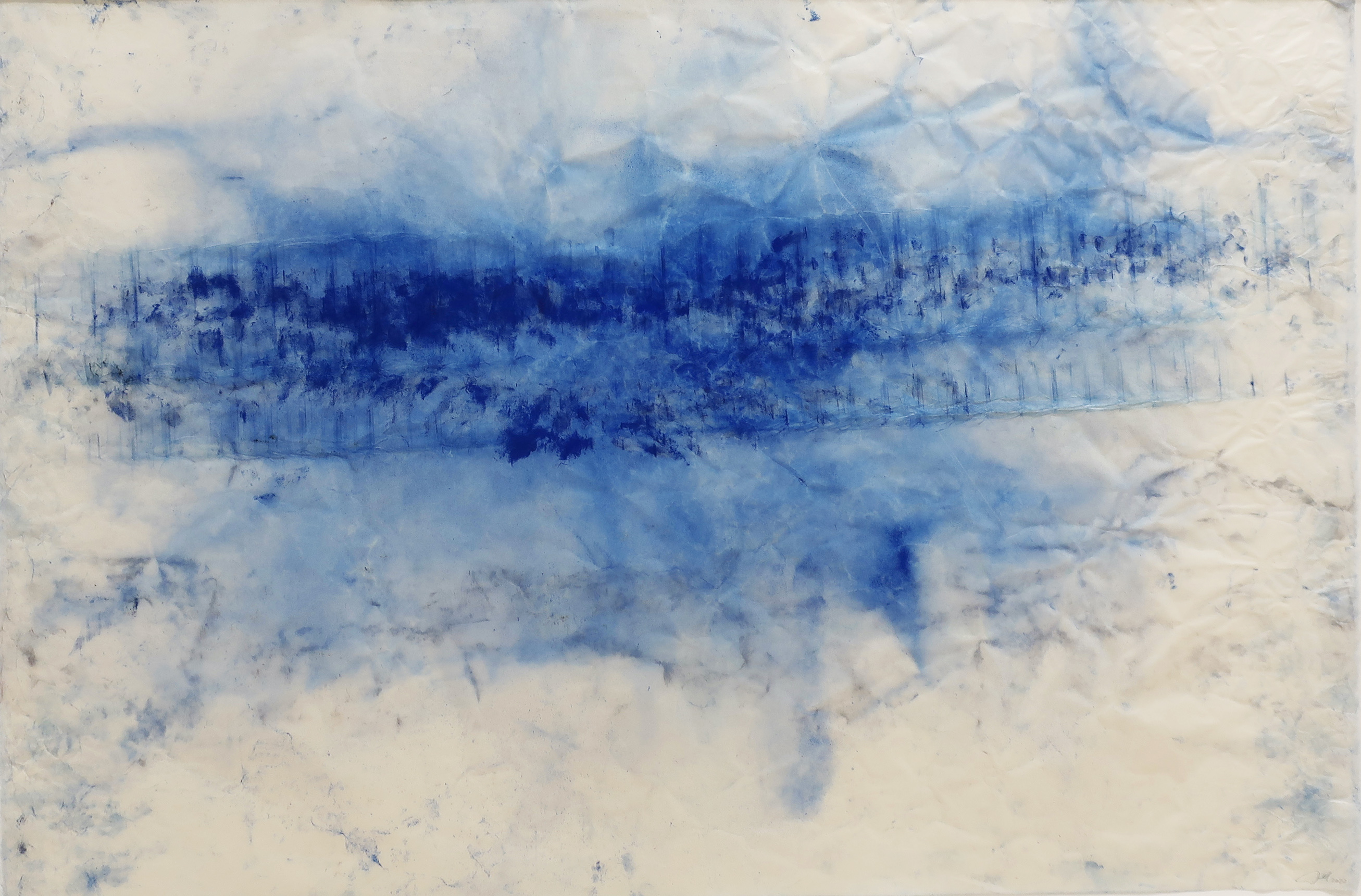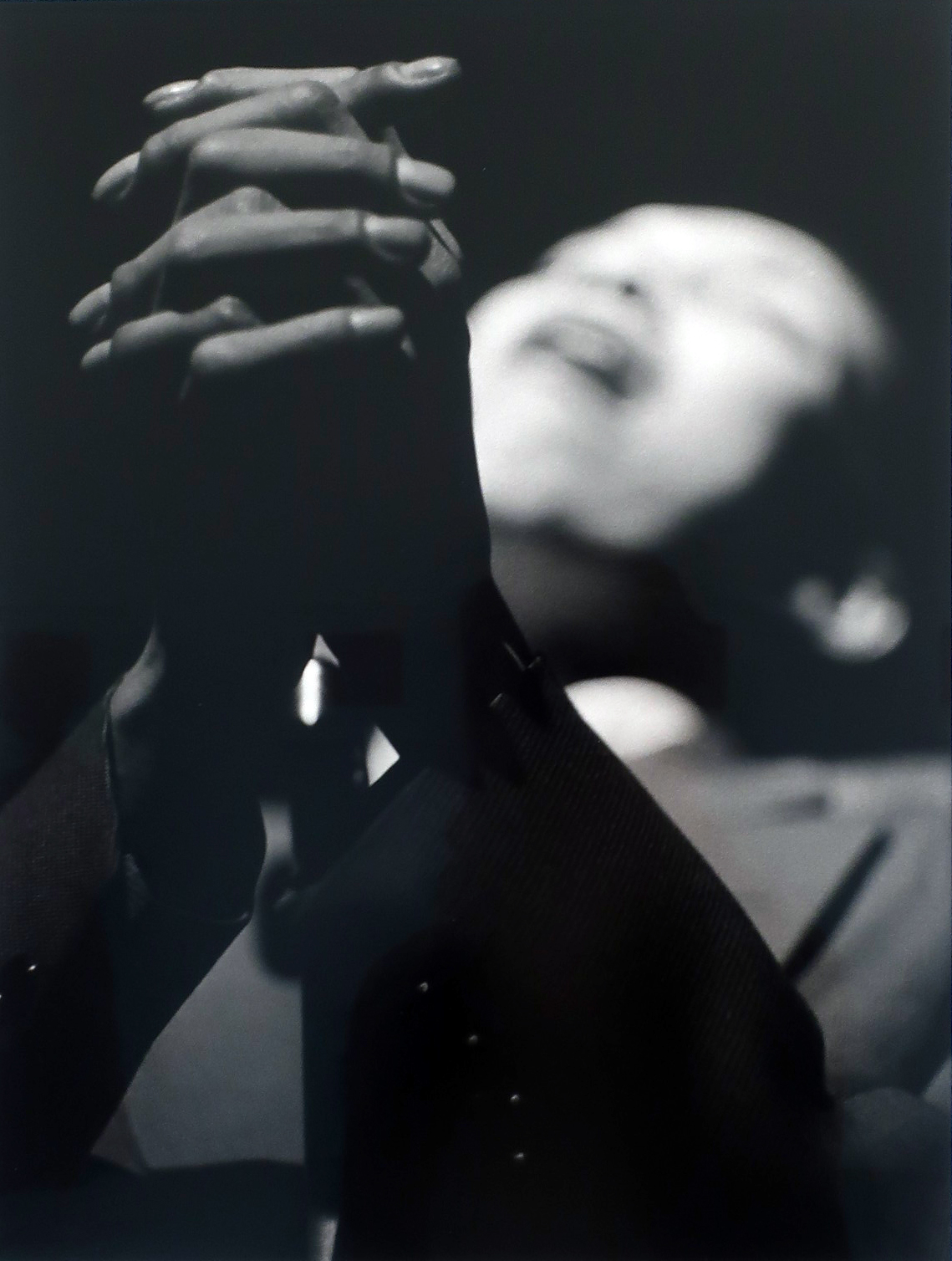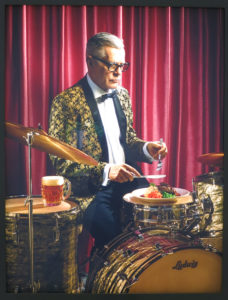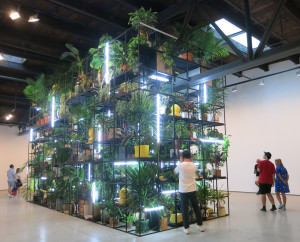Areas of darker and lighter blue in jazz pianist and composer Jason Moran’s bold new abstractions at Luhring Augustine suggest intervals of energy and calm, control and freedom. Moran made the works by placing pigment on Gampi paper, laid atop a keyboard, then enacting private performances – ‘surrogates to the concerts I was unable to perform in 2020,’ he explains. Paired with tracks from his new album, the works suggest both transcendence and engagement with the challenges of life over the past year. (On view at Luhring Augustine’s Tribeca space through Feb 27th).



